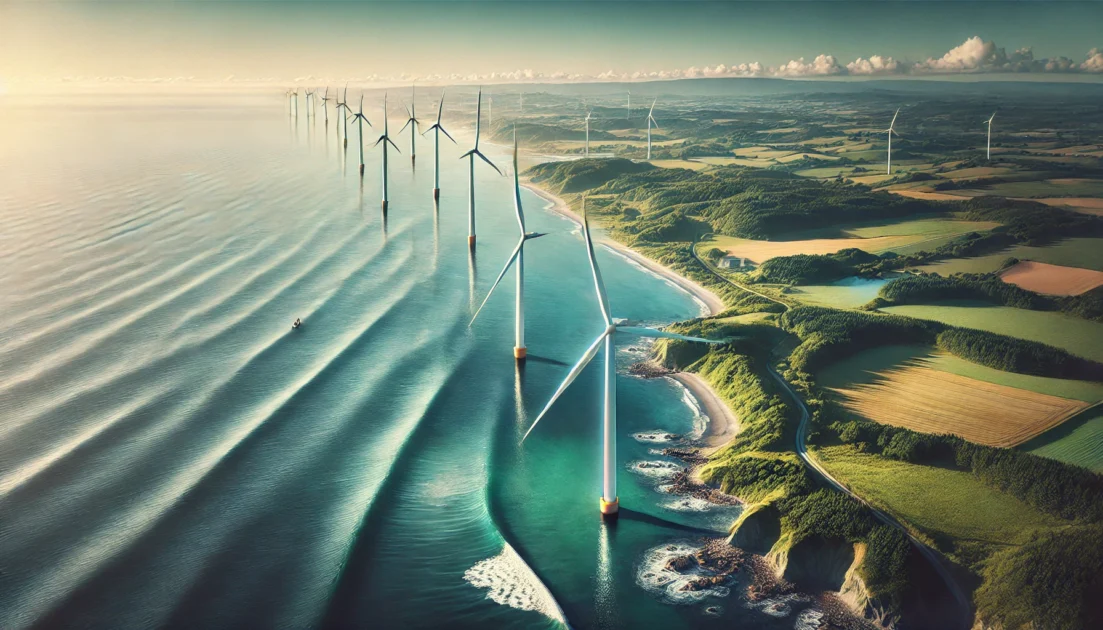Australia reduces Bunbury offshore wind zone size in Western region

The Australian Government has revised the planned Bunbury offshore wind zone in Western Australia, reducing its size by half to just under 4,000 km², down from the initially proposed 7,674 km². This decision follows consultations with community groups, First Nations people, fishers, industry representatives, local leaders, and unions.
The revised zone in the Indian Ocean will now be at least 30 km from shore at its closest point and 40–50 km from coastal towns, compared to the original plan of being 20 km from shore. The updated plans also exclude more than 60% of the recreational fishing areas requested for exclusion, including the popular Naturaliste Reef, and provide additional separation from breeding and migratory areas for southern right whales.
Under the new amendments, recreational fishers will be allowed to travel and fish within the offshore wind zone. The application period for feasibility licences in the Bunbury offshore wind zone opens on September 3 and closes on November 6, 2024. Licences will only be granted to developers who maximize the use of Australian supply chains and engage closely with local industry and workers.
Construction of the zone will commence after the feasibility phase is completed and environmental and management plan approvals are obtained. The project is expected to create nearly 7,000 jobs during construction and around 3,500 ongoing jobs in Western Australia.
Minister for Climate Change and Energy, Chris Bowen, stated, “With an estimated 50 GW of new generation required by 2042, WA needs new sources of electricity to power homes and industry. Offshore wind can help meet that demand.” Assistant Minister Josh Wilson added that introducing offshore wind is crucial for WA’s electricity network, which is a self-contained system, unlike the interconnected system in the Eastern states.
In May, the Australian Government issued feasibility licences for six offshore wind farm projects to deliver 25GW of generation capacity as part of its push towards clean energy.
